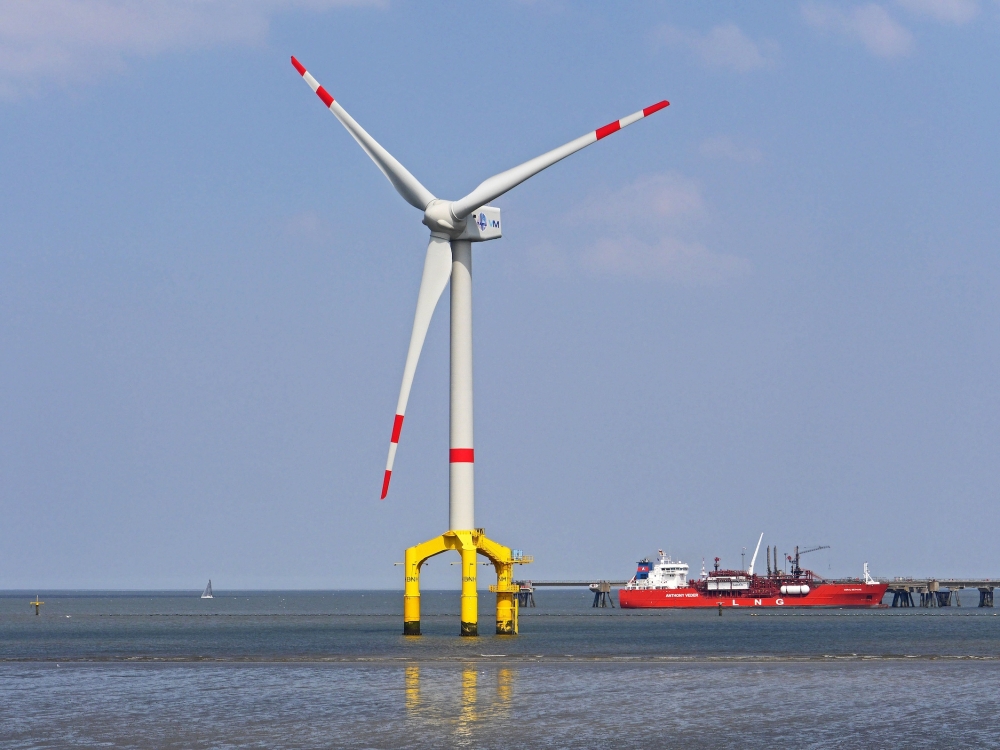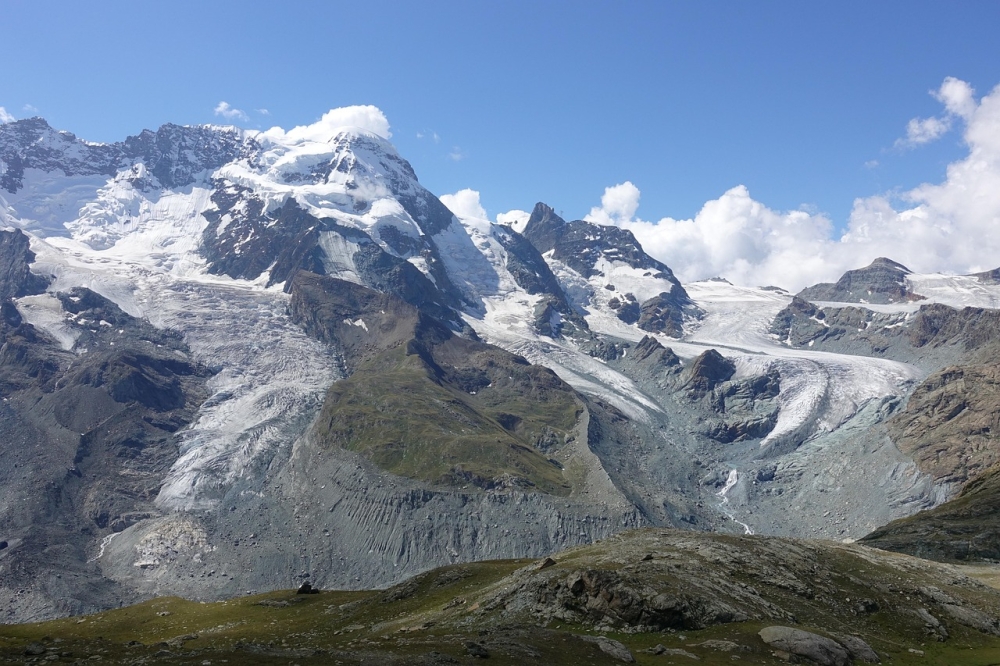ORDECSYS offers consulting and development services for the elaboration of decision support models in the fields of logistics and sustainable development management.
Expertise
ORDECSYS is a research and consulting company created in 2003 by professors and researchers from the University of Geneva. Since then, it has been providing methods and tools for techno-economic analysis within the framework of international research programmes and consultancy contracts. ORDECSYS specialises in optimisation, game theory and decision making in situations of uncertainty. ORDECSYS applies these methods, in particular to energy transition modelling and climate change economics.
ORDECSYS also assists its clients in assessing the economic impact of major events (trade shows, congresses, events). ORDECSYS participates in the dissemination of sustainable development methods for the design of gravity-based water distribution networks (NGO Agua Para la Vita). Finally, ORDECSYS promotes the use of robust optimization for risk management.
Climate change economics
ORDECSYS has participated and is still participating in several projects of the European research programmes on the economics of climate change. ORDECSYS contributed to develop a game-theoretic approach for the economic evaluation of possible climate agreements that would be compatible with the objectives of the Paris agreement.
The approach is based on a meta game model, where the gains of different country coalitions are evaluated using econometric methods applied to a large sample of simulations of a global general equilibrium model (see publications section).
A brief history of the contribution of ORDECSYS to the modeling of economic impacts of climate change policies.

Energy transition
ORDECSYS is particularly active in the analysis of the transition of energy/electric systems towards sustainability in different contexts of interconnection, economic development, penetration of smart grids and intermittent generation technologies.
In particular, ORDECSYS develops short-, medium- and long-term energy production management models. ORDECSYS also implements integrated models for evaluating energy and environmental policies. These models apply at the international, national and urban community levels.

ETEM: A bottom-up technology-rich model
GEMINI-E3: A Computable General Equilibrium model
SORMAC: A Simple Integrated Assessment OR-Model
ETEM
The Energy Technology and Environmental Modeling (ETEM) framework is an optimization-based model designed to represent the interactions between energy, technology, and the environment. It is particularly useful for developing long-term scenarios that facilitate a country's transition to carbon neutrality and for analyzing the penetration of new technologies within the global energy system.
ORDECSYS has developed ETEM-SG, the latest version of the ETEM family of models adapted to the representation of smart grids in regional energy systems. ETEM-SG is a tool to assist in the design of a master plan for the energy system of an urban region. It has been designed by ORDECSYS by adapting the MARKAL-LITE model developed at the LOGILAB of the University of Geneva (HEC).
- ETEM-SG optimizes energy options
- ETEM-SG represents in details (location and installed capacities) the energy system of a region or agglomeration. The reference energy system is broken down into primary energies (gas, water, wood, coal, geothermal, etc.), final energies (electricity, gas, fuels, heat, hot water, etc.) and useful energies (energy services required, e.g. transport, air conditioning, etc.). A set of technologies (thermal, hydraulic, solar, geothermal, etc.) ensure the transformations along the energy chain in order to satisfy the useful demands. In doing so, ETEM-SG calculates a map of air pollutant and greenhouse gas emissions related to the use and location of these technologies.
- ETEM-SG, a decision support tool adapted to an uncertain world
- ETEM-SG can deal with the uncertainty of certain data, for example, heating demand, electricity price, performance of the next generation of luminaire, cost of installing a power plant or network, etc. ETEM-SG proposes an optimal cover decision that is robust to the modelled uncertainty.
- ETEM-SG is free, adaptable and sustainable
- ETEM-SG formulates a linear programming problem (in deterministic or stochastic version). ETEM-SG is a free software written in a free programming language and uses free optimization programs. The model is written in GMPL, a free algebraic modelling language, a subset of AMPL, and the optimiser used is glpsol. Since it is free and written in a free interpreted language, ETEM-SG is open to any specific addition, as long as the problem addressed remains within the framework of linear programming.

GEMINI-E3
GEMINI-E3 is a model specifically designed to assess the impact of climate change mitigation policies in different regions of the world. It has recently been used to assess the COP pledges and a fair 2°C pathway compatible with the Paris Agreement objectives. GEMINI-E3 is a multi-country, multi-sector, recursive computable general equilibrium (CGE) model. The model simulates the global economy up to 2050.
GEMINI-E3 provides numerous economic variables at the global and national/regional levels.
- A first set of variables concerns macroeconomic indicators such as:
• GDP
• Household and government consumption
• Investment
• Exports and imports
• Government savings
These variables are expressed in volume terms (i.e. at reference year prices), but the prices associated with each of these macroeconomic aggregates are also calculated (GDP prices, household consumption prices, etc.). - The second set concerns sectoral data:
• Production by sector
• Demand by sector and by use (final demand, intermediate use)
• Factors of production by sector (labour demand, energy consumption, capital, etc.)

SORMAC-23
Simple Operational Research Model for Direct Air Capture (SORMAC) is a robust asymptotic control model for analyzing climate policy, incorporating Carbon Dioxide Removal (CDR) options. The model uses an infinite-horizon optimal control approach to analyze climate policy within a three-region optimal economic growth framework. It focuses on the transition to net-zero emissions, considering both economic growth and climate policy constraints.
Read more on SORMAC 23: the original model.
Frédéric Babonneau, Alain Haurie, Marc Vielle - A robust asymptotic control model to analyze climate policy with CDR options (in the Journal of Economic Dynamics and Control 177 (2025), 105114, ISSN 0165-1889
A three-region optimal economic growth model is proposed to represent the global energy transition to net-zero emissions when carbon dioxide removal (CDR) technologies are available.
The main features of the model are (i) the representation of the economy and energy use with nested CES production functions; (ii) the representation of climate policy through the use of a safety cumulative emissions budget concept; and (iii) the introduction of an international emissions trading scheme for the implementation of climate policy. Using an infinite horizon optimal control paradigm, several contrasting scenarios are analyzed both in an asymptotic steady state or “turnpike” point, and in an optimal transition to sustainability. This very compact model produces dynamic path simulations that are consistent with the main recommendations from IPCC for long term climate policies. The potential use of this simple model in future developments in climate and economic modeling is discussed.
Keywords: Optimal net-zero emissions; Economic growth; Asymptotic steady state; Sustainability; CDR options; Carbon market; Robustness.

Economic Impact Assessment
ORDECSYS has developed a Bottom-up analysis of the expenses of the different groups of actors involved in major events, such as the Geneva International Motor Show or Telecom. This tool makes it possible to assess the direct economic impact for the canton of Geneva of all the events managed by PALEXPO, the Geneva Exhibition and Convention Centre. Thanks to the use of an "input-output" table, the indirect or induced effect of this expenditure on the Canton's economy is also evaluated.

Systems simulation & optimisation
ORDECSYS develops large-scale optimisation and simulation models in various fields. In particular, it has developed models for smart grids and the integration of variable renewable energies in electrical systems, as well as models for the design of gravity water supply systems and optimization models for the design of gas transmission networks.
NEATWORK
In particular, ORDECSYS actively participates in the development and maintenance of Neatwork, a software for the design of gravity-fed drinking water supply systems for the NGO Agua Para La Vida, which works with rural communities in Nicaragua.

Risk management
ORDECSYS promotes the use of stochastic and dynamic programming methods coupled with robust optimisation to develop decision models under uncertainty. Areas of application include risk management in finance, development of water resources or renewable energy, and climate risk management.






